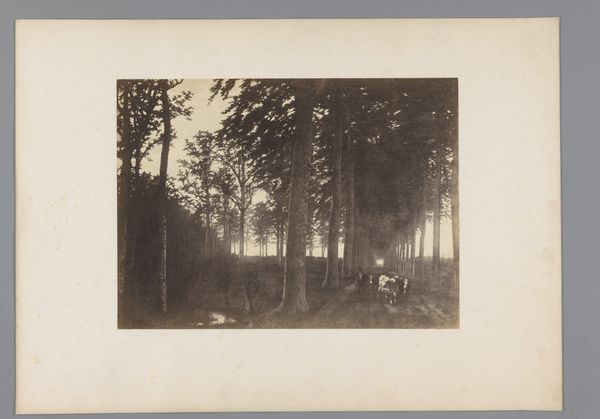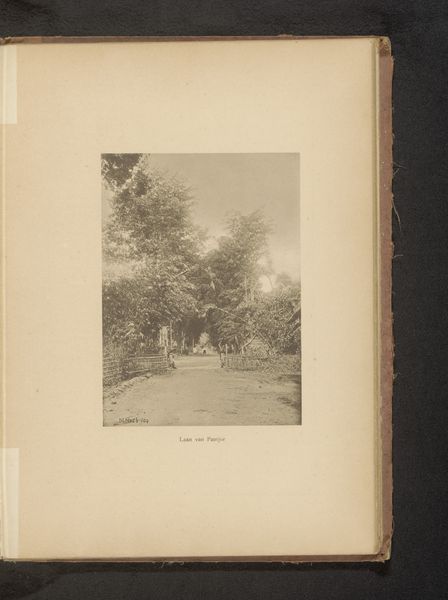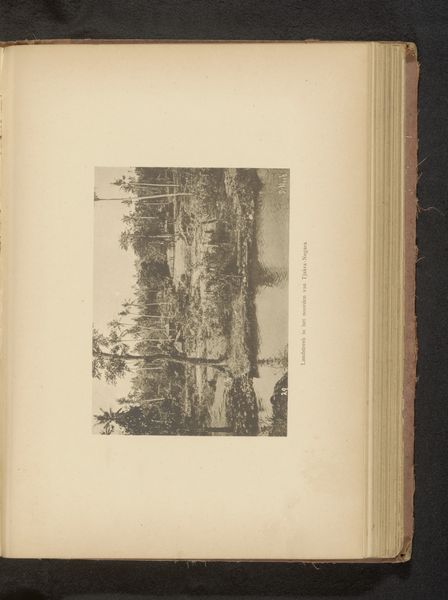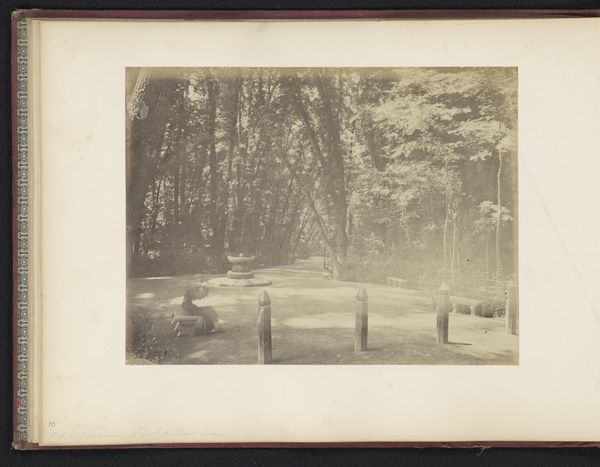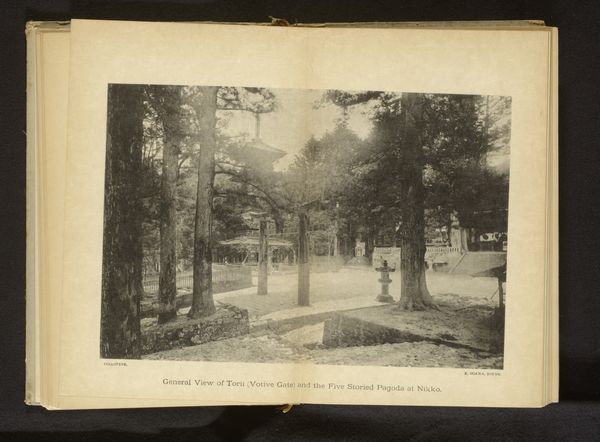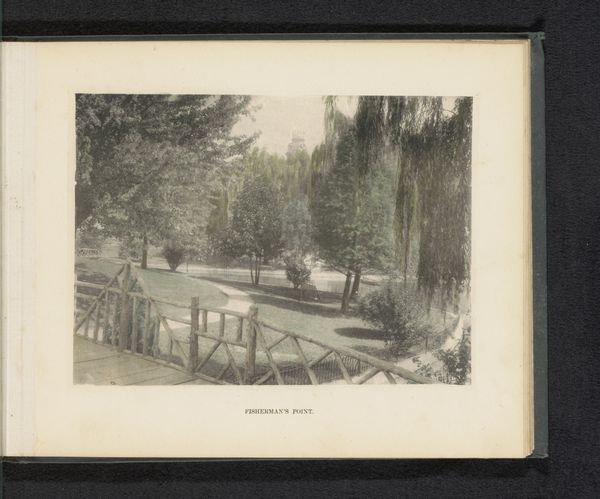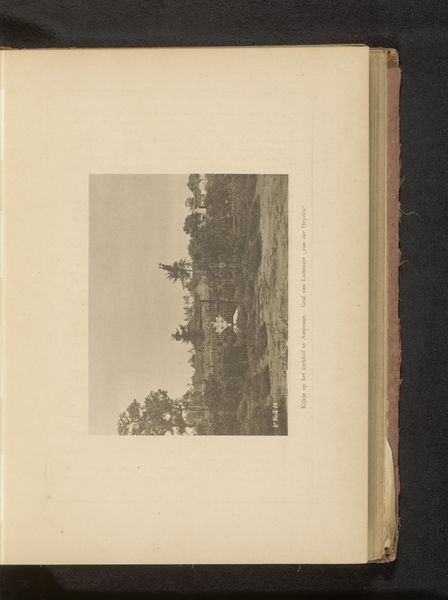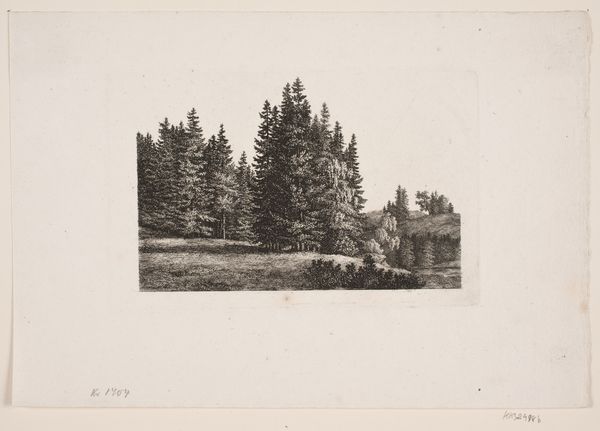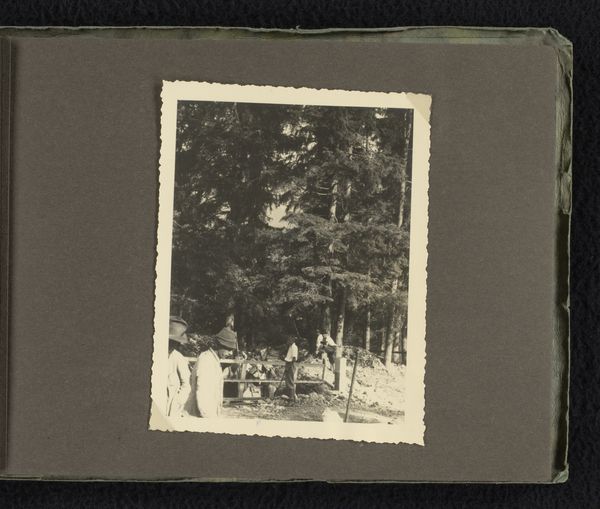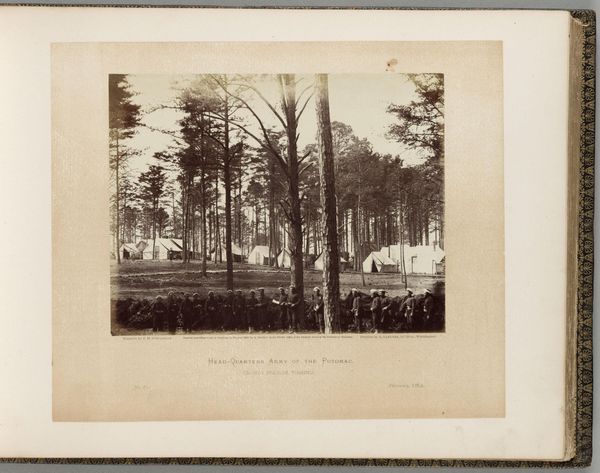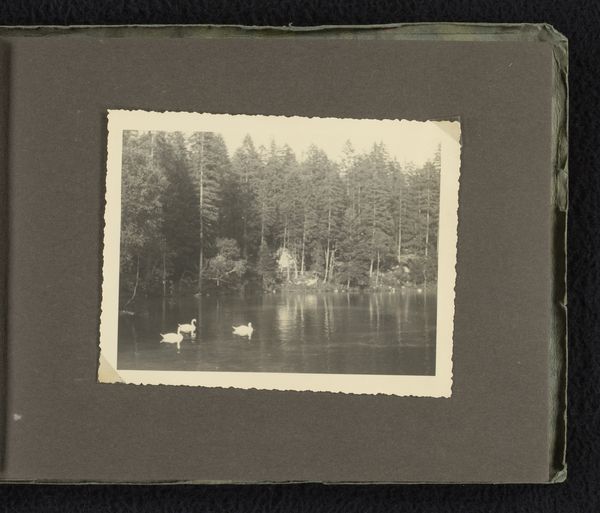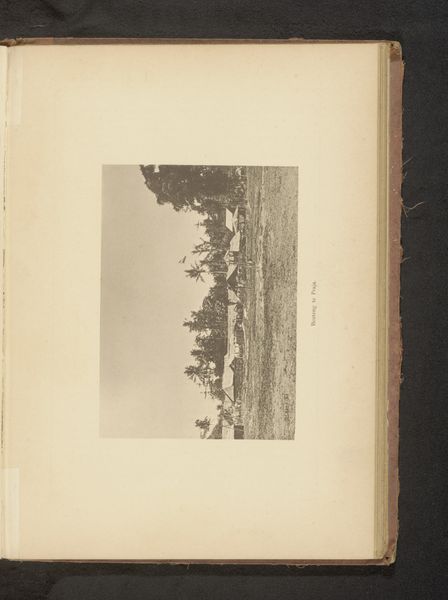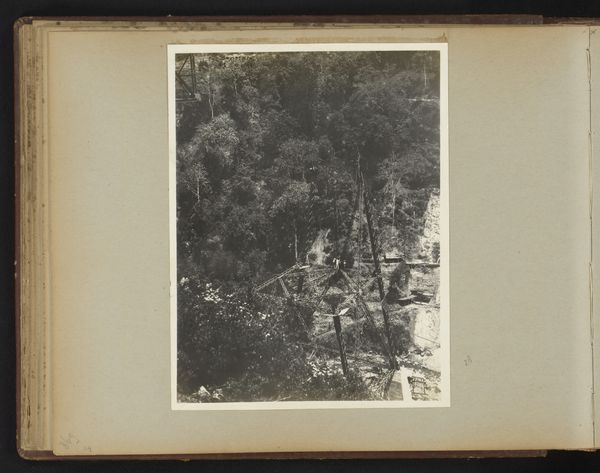
gelatin-silver-print, print, photography, gelatin-silver-print
#
gelatin-silver-print
#
reduced colour palette
# print
#
landscape
#
photography
#
gelatin-silver-print
Dimensions: height 226 mm, width 225 mm
Copyright: Rijks Museum: Open Domain
Editor: This is "Groep mensen bij de Tosho-gu tempel in Uenopark in Tokyo, Japan" – a photograph taken by Kazumasa Ogawa before 1897. It's fascinating how Ogawa captured this scene of everyday life, but filtered through a very specific, almost staged lens. How do you interpret this work? Curator: I see this gelatin silver print as deeply embedded in the era's complex dynamics of cultural exchange and power. Consider its moment: late 19th-century Japan, newly opened to the West, amidst rising Western imperialism and fascination with the "Orient". What might the presence of the Toshogu temple signify to Western viewers versus its meaning for Japanese society at the time? Editor: I hadn't thought about it like that, but you're right. The photograph seems to flatten out any deeper understanding of the culture, presenting an almost picturesque scene. Curator: Exactly. This photograph flattens cultural nuances into consumable aesthetics. Notice how the framing and subdued color palette serve a Western gaze. Who has the power to represent whom? Who is this image really *for*, and what does it tell us about their perspective and assumptions? Editor: So it’s not just a pretty picture, it is charged with historical context. Thinking about who is looking, who is being looked at, changes everything. Curator: Precisely! This image provides valuable insights into the cross-cultural encounter, it urges us to consider how photographic representations can both reveal and conceal, promote understanding and reinforce power dynamics. Editor: That’s incredible. I’ll definitely view these kinds of images with new eyes moving forward! Curator: Glad to hear it! It is through those lenses that art will promote conversation and bring more perspectives to light.
Comments
No comments
Be the first to comment and join the conversation on the ultimate creative platform.
